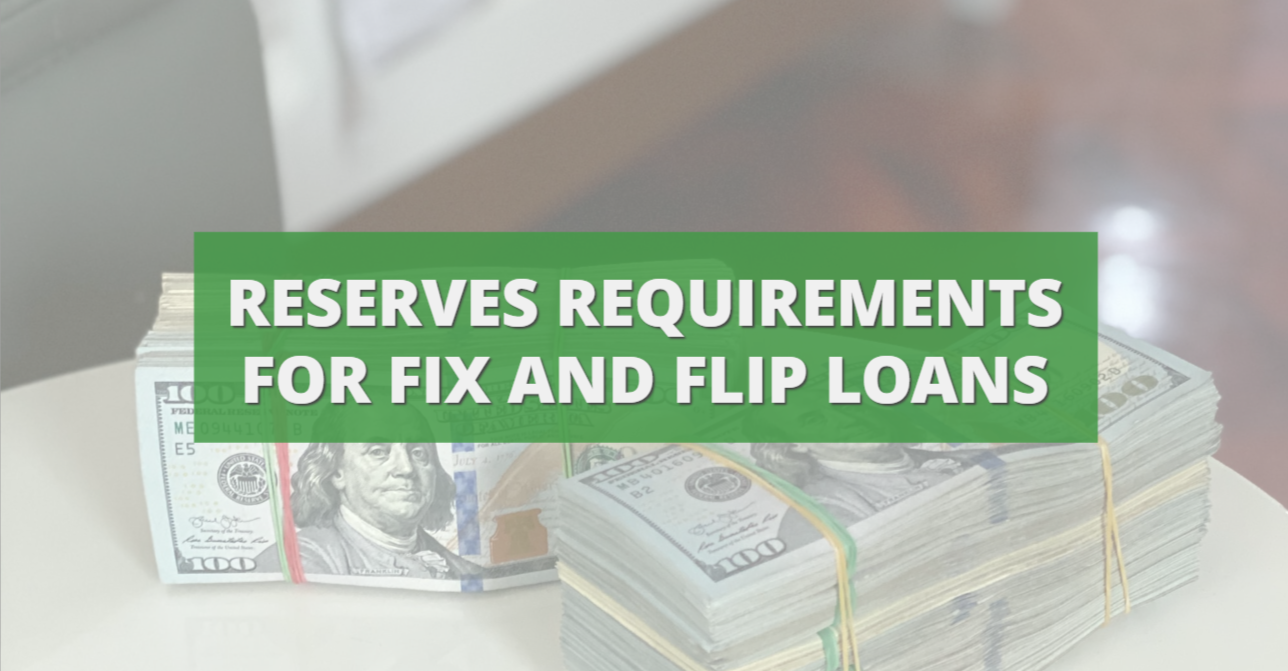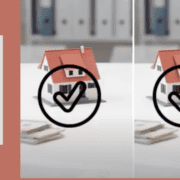Fix and Flip Loan Costs: Reserves Requirements
Categories: Blog Posts
There are a few key fix and flip loan costs: here’s a brief breakdown.
In addition to understanding LTVs and down payment amounts, there’s another important cost to know about for fix and flip loans: reserves.
Reserves Requirements
Reserves are the other amounts of money a fix and flip lender might require you to have. Here are the most common reserves requirements:
- 6 months of interest payments in an account. They want to be sure if anything comes up, you’ll have the funds to make those payments.
- Closing costs. You’re purchasing a property that’s going through a closing agent. You’ll have to pay the costs for that closing agent, plus any lending closing cost.
- Monthly payments. Loan costs and other “carry costs” will come up monthly for the property while you’re fixing it up. Don’t forget to include these in your budget.
- Other lender requirements. Every fix and flip lender might have slightly different cost and reserve requirements.
Know Your Fix and Flip Costs
Remember, if your lender tells you they’ll give you 70% of the ARV, there’s more to the story than that.
Know your actual fix and flip costs, and always look for the highest LTV lenders. 70% is the average in the current market, but some lenders can offer closer to 75% or give you 90%+ for the purchase.
Want to be able to compare these costs from multiple lenders at once? Download this free loan analyzer.
Have more questions about fix and flip loans? You can reach out at Info@TheCashFlowCompany.com.
Read the full article here.
Watch the video here:











